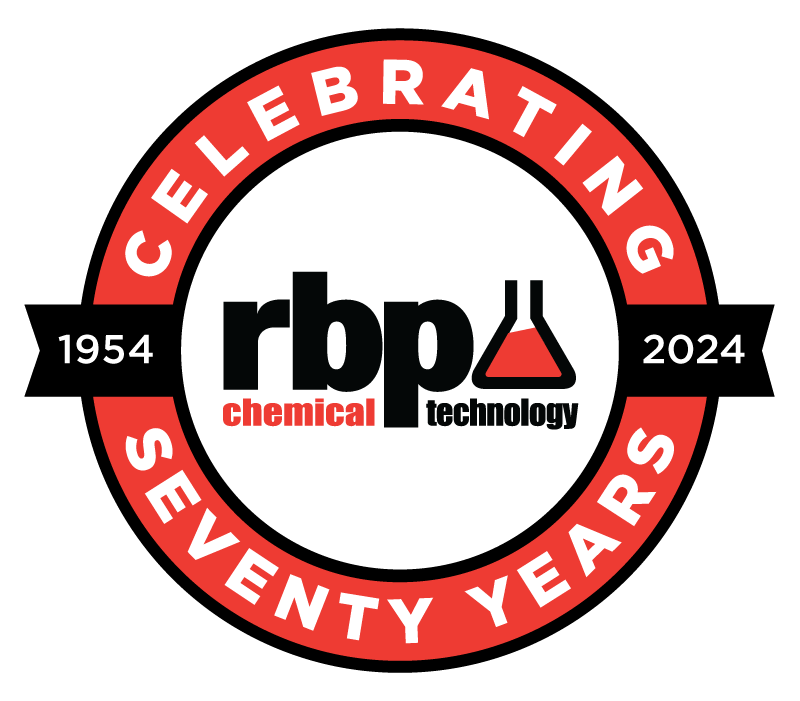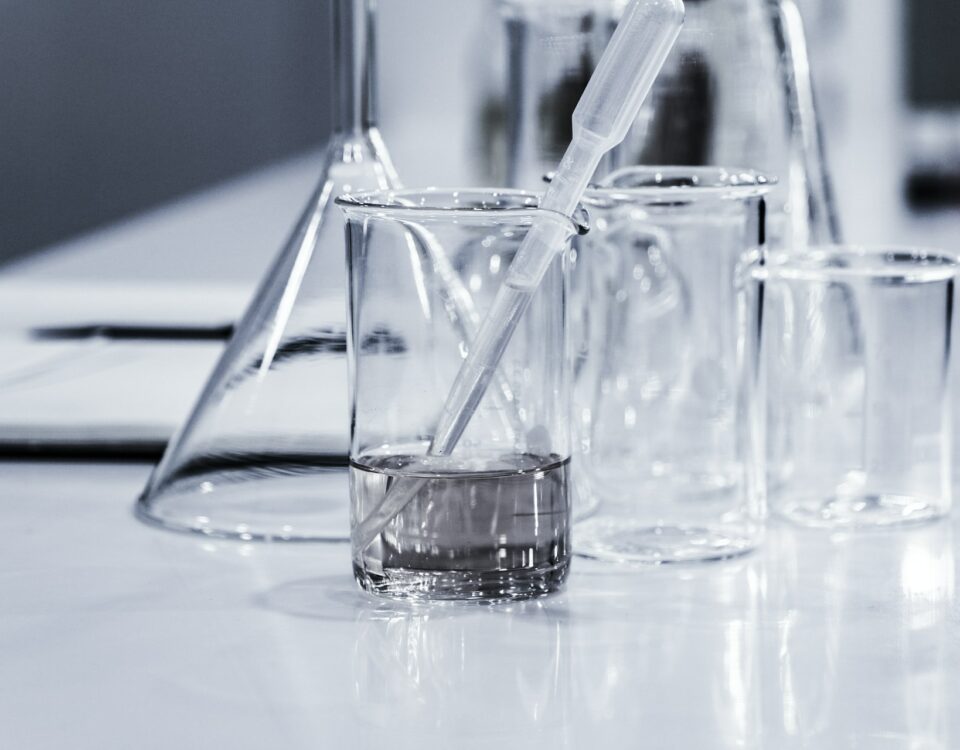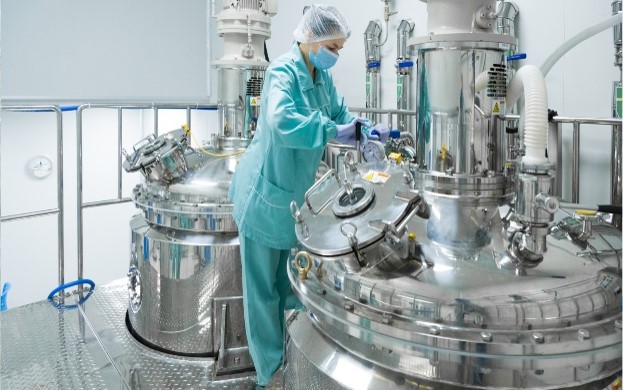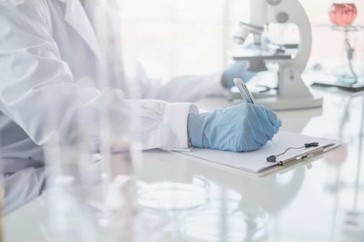Developing Fine Lines Continues to Challenge Board Manufacturers
Imaging fine lines is easy; developing fine spaces is hard.
With the standard circuit resolution quickly moving below 5 mil lines and spaces, pressure mounts on the developing process, challenging manufacturers to find new ways to keep consistent quality and high yields.
There are two key variables that must be addressed to ensure the tough job of developing fine lines and spaces is accomplished effectively and efficiently. The first issue is the type of chemistry being used. The second issue is controlling the use of that chemistry to ensure consistency and reasonable cost.
Chemistry Type. Because of the difficulty in developing such fine circuitry, we recommend using proprietary developer chemistry. Proprietary ingredients help clean the side walls of the circuits of unpolymerized resist, providing straighter side walls. Significant improvement in resolution can be achieved with existing equipment, avoiding costly investment.
These same ingredients also clean the copper surface between the circuits. This provides improved copper adhesion of pattern plating and faster etching results for print-and-etch applications. Cleaner copper also reduces problems associated with step-plated copper or mouse bites.
Cleaning the “foot” of undeveloped resist is critical to keeping the circuit width and spacing within tolerance. Proprietary developer ingredients provide this cleaning ability without becoming too aggressive. Over-aggressive developers can attack the side walls of the circuits and cause undercut of the resist or “negative foot”, further changing the line space and width from the original dimensions.
Spray pressure is also important in removing undeveloped resist from within spaces without affecting the side wall. Cleaning agents in proprietary chemistry help the nozzles stay cleaner, maintaining better pressure and a more consistent spray pattern.
If the developer uses flat fan nozzles, maintaining the fan angle is critical. If the angle decreases, there will be areas on the panels with little or no impingement of chemistry. Build-up of resist by-products can change the fan angle.
Cleaning agents in proprietary developers prevent scale buildup and reduce downtime for maintenance, resulting in increased productivity.
Controlling the chemical solution. The second developing issue that needs to be addressed is controlling the chemical solution. To adequately address the developing of smaller and closer circuitry the control of the developer solution is critical.
Efficiency of developing can deteriorate quickly if the solution is not closely controlled. Because the reaction of pH, the development rate slows, causing the break point in the chamber to change. If the conveyor speed is not slowed to compensate for this, developing will be incomplete and circuit quality will suffer.
The use of an automatic feed and bleed controller will maintain the loading within desirable limits, thus keeping the pH at an optimum level of performance for the developing chemistry. For fine line developing, controlling the resist loading will prevent resist residue from re-depositing in the developed circuit trace.
Combining a proprietary developer with the use of a controller increases the time between solution dumps, resulting in increased productivity and less downtime for bath make-ups.



